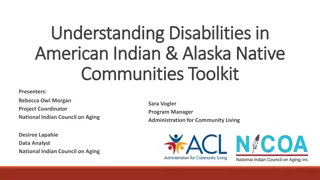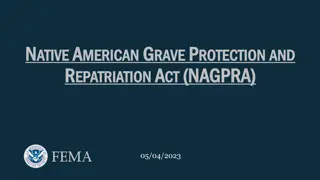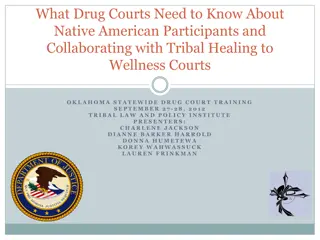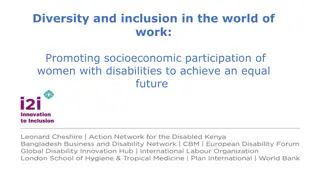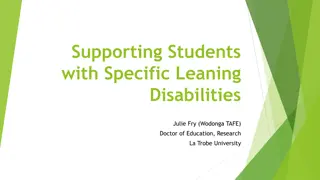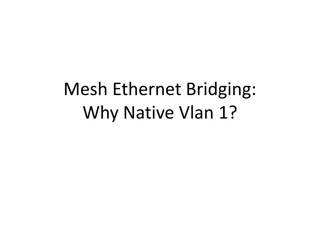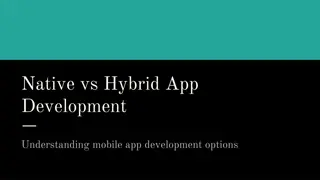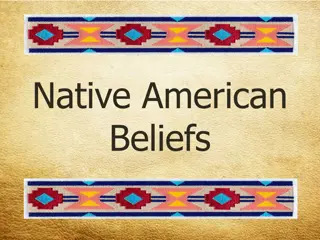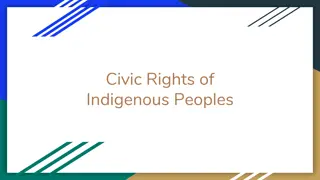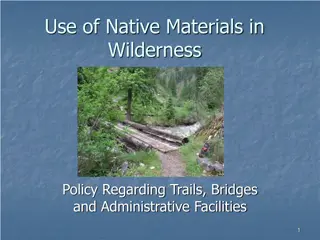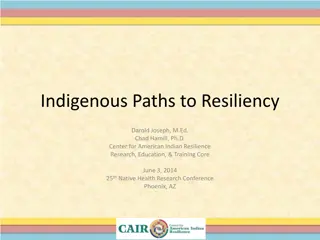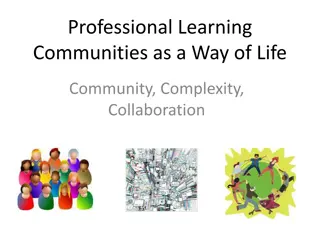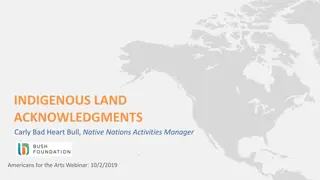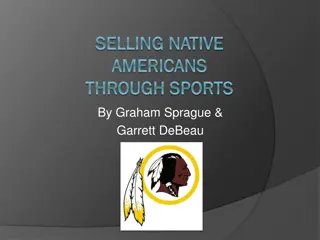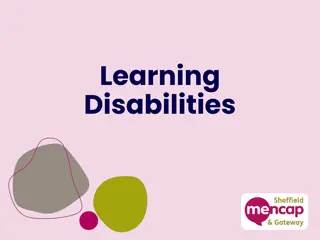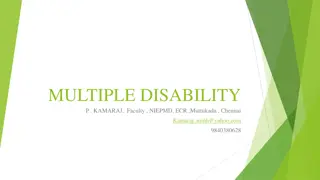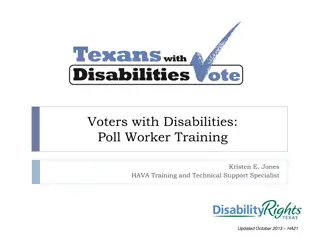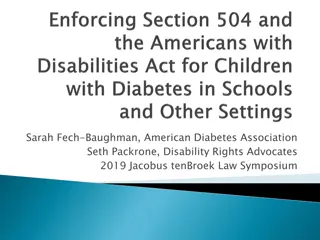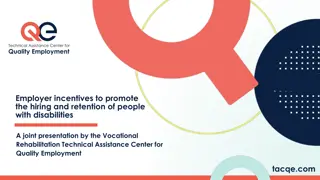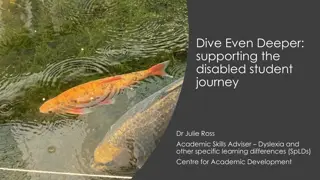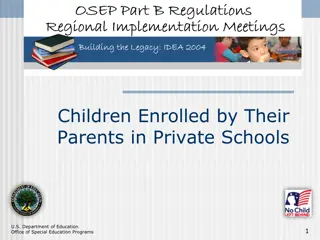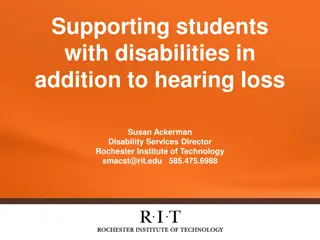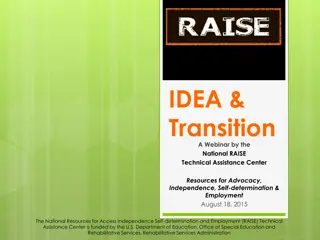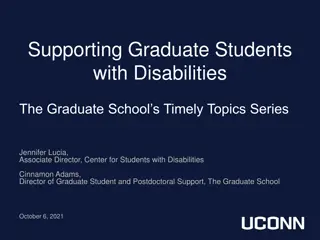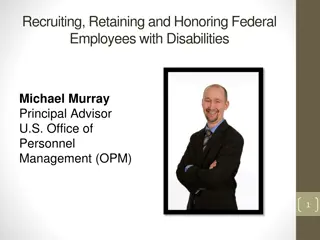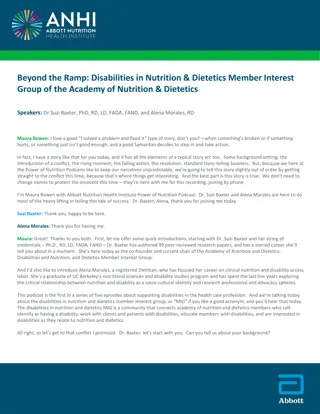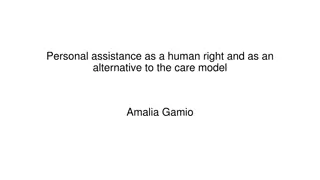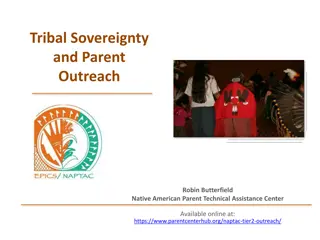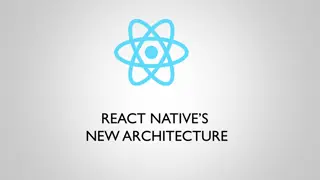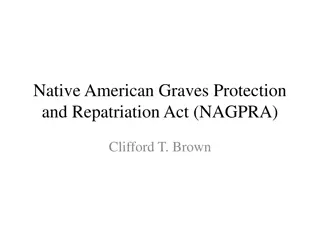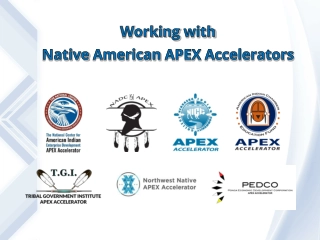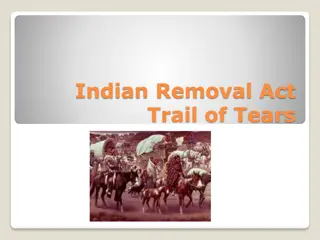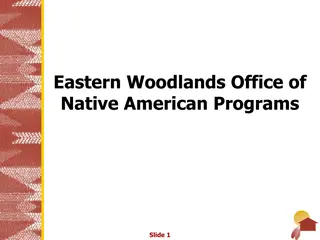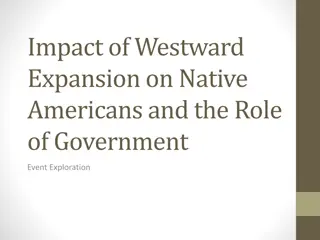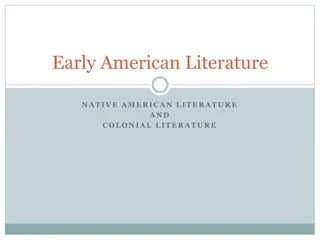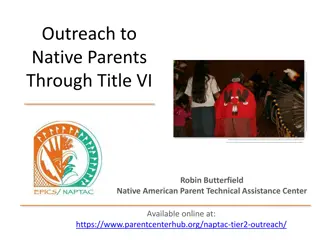Understanding Disabilities in Native Communities
Indigenous communities have diverse views on disabilities, with some lacking specific terms. Stories of compassion and inclusion exist, like the Navajo tale of Early Dawn Boy and the Hopi Cross-Legged Kachina. However, challenges such as underfunding, limited services, and cultural sensitivity gaps persist for people with disabilities in Indian Country. Efforts are being made to improve the situation through toolkits and initiatives focusing on accessibility, education, and vocational rehabilitation.
Download Presentation

Please find below an Image/Link to download the presentation.
The content on the website is provided AS IS for your information and personal use only. It may not be sold, licensed, or shared on other websites without obtaining consent from the author. Download presentation by click this link. If you encounter any issues during the download, it is possible that the publisher has removed the file from their server.
E N D
Presentation Transcript
Understanding Disabilities in Native Communities
Introductions Desiree Lapahie, Data Analyst NICOA Rebecca Owl Morgan, Project Coordinator NICOA Amy Nicholas, Senior Attorney Advisor National Council on Disability Kimberly Yellow Robe, Associate Director, Banner University Health Plans
Indigenous views on Disability Not every Indigenous language has a word for disability There are some cultural stories of people with a disabilities and there are some tribes that don t have one Some tribes use descriptive languages to describe a person with a disability
Indigenous views on Disability 1.) Navajo (Dine): Story of Early Dawn Boy Different versions but the lessons are the same Have compassion 2.) Hopi: Cross-Legged Kachina (Huhuwa) He has other qualities he brings to the community: dances, jokes, composes songs, Teaches people to be kind and respectful to each other
Currently People with disabilities in Indian Country are often unserved or underserved. Tribal communities face numerous barriers, including lack of funding, employment opportunities, day programs for adults living with developmental disabilities, staff, transportation, coordination among agencies, consultation with tribes, cultural sensitivity by non-Native staff, and systems to identify people eligible for services.
Understanding Disabilities in Native Communities toolkit Reviewed the 2003 Toolkit Guide, originally published from the National Council of Disability (NCD) Gathered a team of technical experts in the AIAN disability expert Collaborated with the experts to pinpoint the changes needed to the toolkit
Accessibility Independent Living Education Assistive Technology Vocational Rehabilitation Housing Employment
Vocational Rehabilitation programs Tribal VR programs Resources Entrepreneurships programs within tribes
Independent Living Tribal Centers for Independent Living Assist! To Independence in AZ Cherokee Nation Home Health Services, Inc Culturally Informed Programs Examples prayer, ceremony
Disability Etiquette Ask before you help: Interact with the person as a person first. Don t assume they need help Be sensitive about physical contact: Avoid touching their wheelchair, scooter or cane. Their equipment is part of their personal space Think before you speak:
Discussion Questions What did you like about the toolkit? What topic do you think should be included? What topics do you think should have been talked about more?


